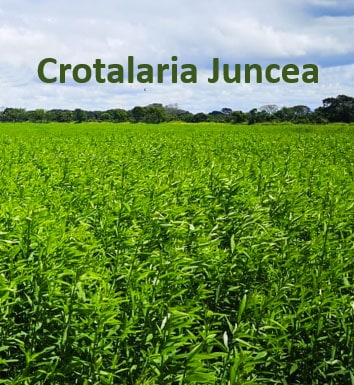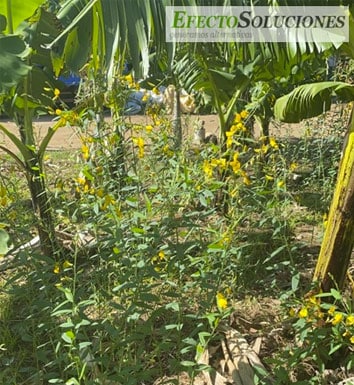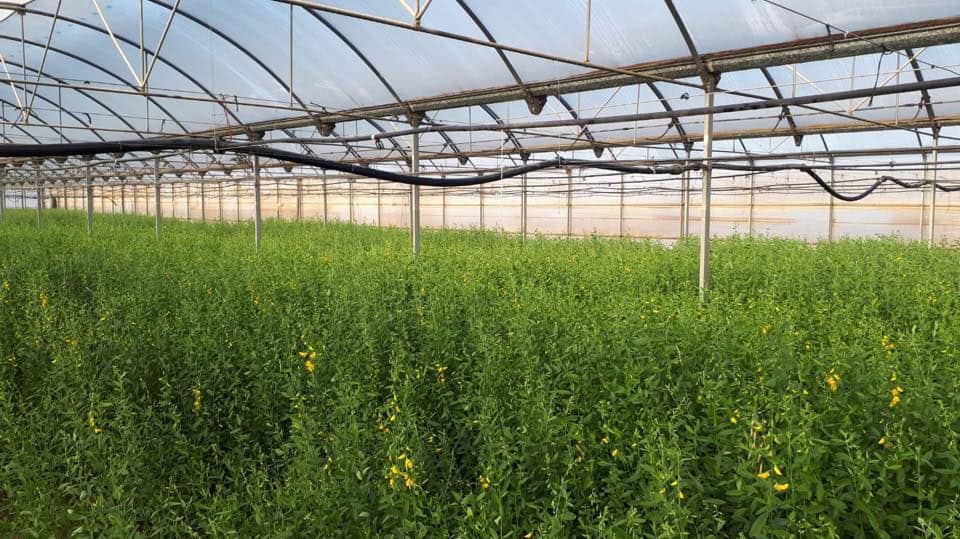Content
What are cover crops?
The definition of cover crops is the implantation of one or more plant species in association with the main crop or in alternation between production periods of our farm to make an improvement of our agricultural soil.
History of cover crops
One could say that the ancestors of cover crops are the agricultural management of crop rotation.
At the beginning of the 20s, with fertile agricultural lands and almost no limiting aspects that could condition agricultural production, crops were used to regenerate the useful depth of root development of agricultural crops, called rotation crops, used until then in existing agriculture, where there was no differentiation between traditional, sustainable or ecological.
From the 40s with the appearance of the first agricultural inputs when gradually tend to disappear or decrease the use of these crops until almost the disappearance of this practice, since the use of agricultural chemicals replaced in a more productive way the benefits provided by rotation crops.
It is not until the 70s when the increase in the prices of agrochemicals, together with an evolution of the resistance of the species of the limiting factors such as pests, diseases, weeds and nutrient blockages begins to reintroduce different production managements re-incorporating among them the rotational crop.
In addition, in the 70s the agricultural systems began to take a turn in their productions, beginning to be classified as a more sustainable system.
Benefits of using cover crops
The general benefits of cover crops can be listed in:
- Improvement of the physical and chemical capacities of the soil.
- Avoid erosion.
- Increases the moisture retention capacity avoiding evaporation.
- Maintains organic matter in the soil.
- We prevent the spread of other weeds
Benefit of Crescent Sunn as a cover crop
The benefits of Crescent sunn as cover crops are many, and can be used both in association with the main crop and alternately for agricultural soil improvement for the coming crop.
Below, we describe the improvements as crescent sunn (crotalaria juncea) cover crop:
- Improvement of the physical capacity of the soil: due to its high index of plant matter. By incorporating plant matter into the soil it increases the number of macro and micropores, thus giving a great structure to the agricultural soil for greater storage of water in its internal cavities available for our cultivation. Another fact to highlight is the control of both water and wind erosion due to the increase in organic matter.
- Atmospheric Nitrogen Fixation: Crescent Sunn has a great power of Nitrogen fixation due to the high index of nodulation it has in its roots, capable of fixing up to 200 units of nitrogen per hectare.
- Increase of nutritional parameters available for our crop: we incorporate in addition to Nitrogen, Potassium, Phosphorus and Calcium, increasing the fertility of our soils.
- Powerful root system: large root system, not only developing in horizon A of the soil or Rhizosphere, but also penetrating into horizon B or subsoil, thus emerging accumulated nutrients and making a natural tillage.
- Nematode control: control of most families and subfamilies of nematodes, since in addition to being a non-host crop, they exude their roots a natural nematicide substance called monocrotaline; It also favors the elements of biocontrol of the soil and the allelopathy in its leaves make it impossible to regenerate nematodes, acting against them as an ovicide and acting fully on the juvenile and adult phase. I recommend this article about the benefits of crescent sunn for the control of nematodes.
- Fungal action: directly increasing the antagonistic elements of the soil against Phityum, Fusarium and Sclerotinia.
- Soil health against pathogens:creating a hostile environment against soil pathogens such as Agroites sp.
All this increasing not only the quantity in production but the quality of the harvest with less agricultural inputs, so we obtain more benefits per hectare.
We can say that the future is already present in agriculture.





